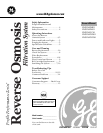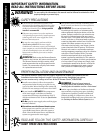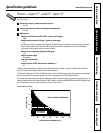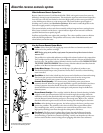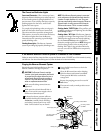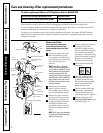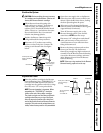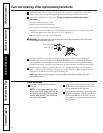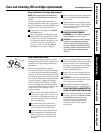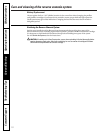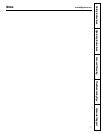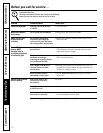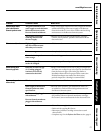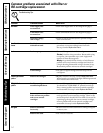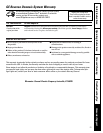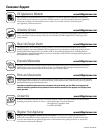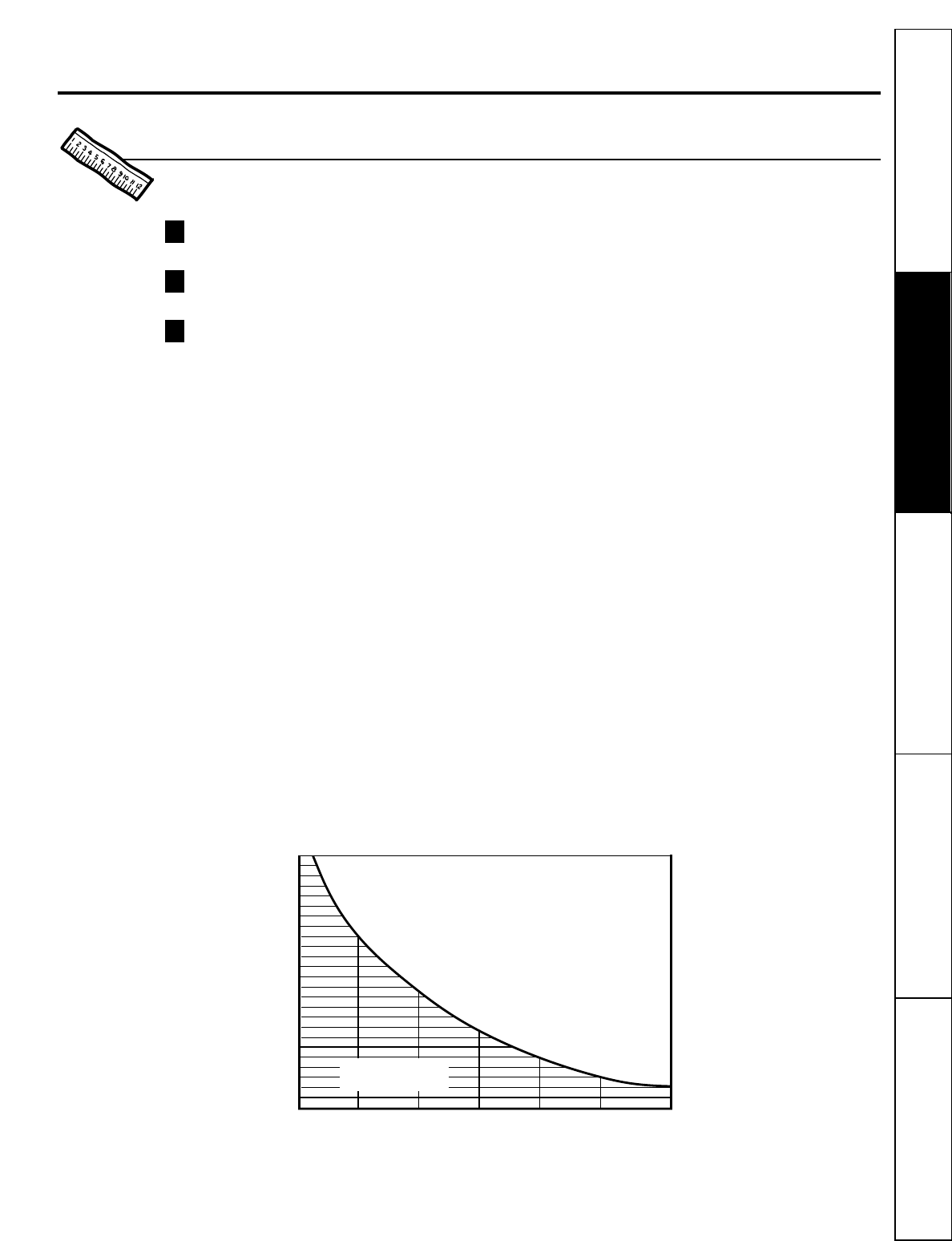
3
Consumer Support
Operating Instructions
Safety Instructions Care and Cleaning Troubleshooting Tips
Specification guidelines.
www.GEAppliances.com
The system makes a good supply of drinking water each day. How much it will make depends primarily
on these things…
Feed water pressure—pounds per square inch (psi)
40–125
Feed water temperature limits—minimum/maximum degrees F.
40–100
Water quality
Maximum Total Dissolved Solids (TDS)—parts per million (ppm)
2000
Maximum water hardness @ 6.9 pH—grains per gallon (gpg)
10
For water with hardness greater than 10 grains (at 6.9 pH) the use of a softener is recommended. Failure to
install a water softener will reduce the life of the Reverse Osmosis membrane. See chart for additional
information on the possible need for a water softener.
Maximum iron, manganese, hydrogen sulfide (ppm)
<0.1
Chlorine in water supply
Allowable*
Feed water pH limits (pH)
4–10
Percent rejection of TDS, minimum (new membrane)**
92
*Chlorine removed (maximum of 2.0 ppm) by the Reverse Osmosis prefilter…regular changing of the prefilter is
required. Chlorine will destroy the Reverse Osmosis membrane.
**Feed water at 50 psig and 77°F. with 750 ppm sodium chloride. Quality water production, amount of waste water
and percent rejection all vary with changes in pressure, temperature and Total Dissolved Solids.
On average you should expect your Reverse Osmosis system to be able to deliver 18 gallons of product per day, as
tested by Water Quality Association Standard S-300. Output according to ANSI/NSF Standard 58 is 10.9 gallons per
day. Process water used per gallon of water produced is four gallons.
3
2
1
Product – height 21
″
width 8
″
depth 10
″
Water Softener Chart
Incoming Water pH
WATER SOFTENER RECOMMENDED
INCOMING WATER HARDNESS (GPG)
60
50
40
30
2010
8
6
7
7.5
6.5
Water Softener
not required
Incoming Water pH



